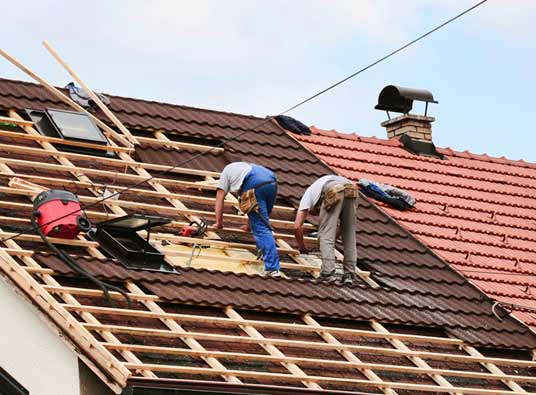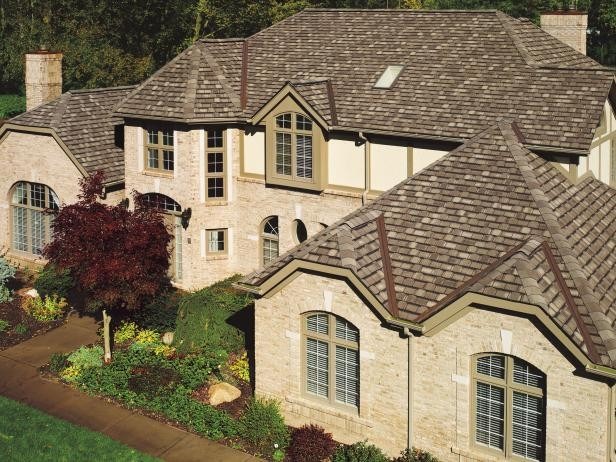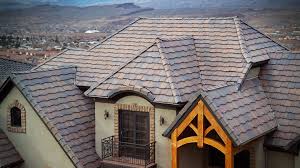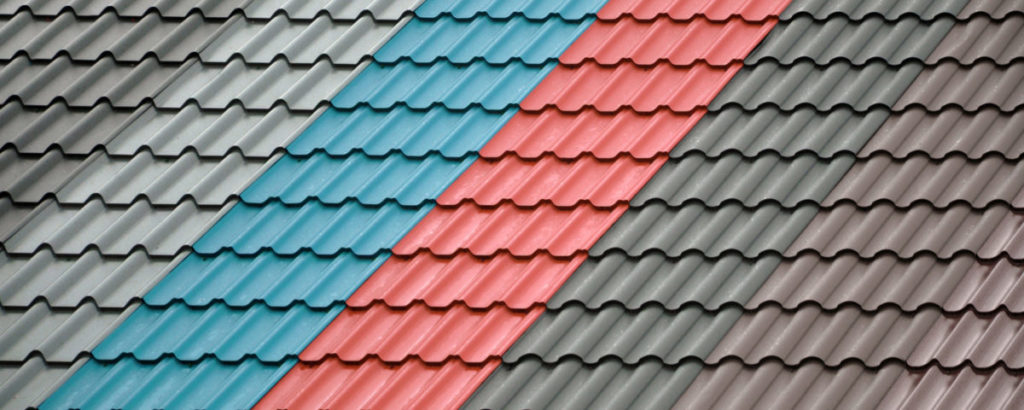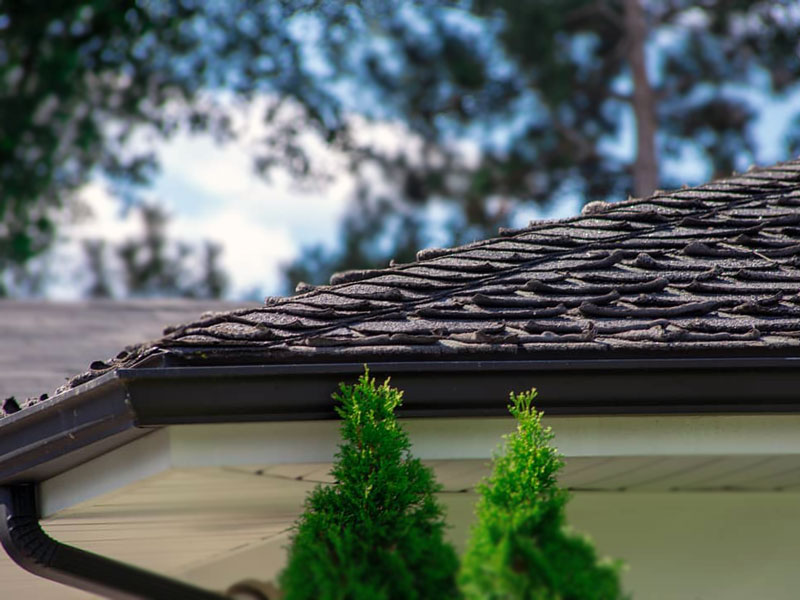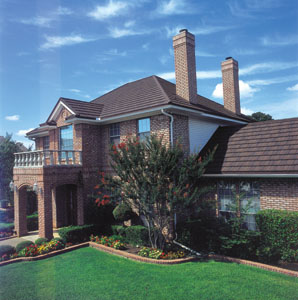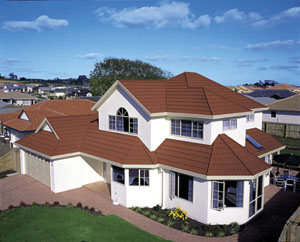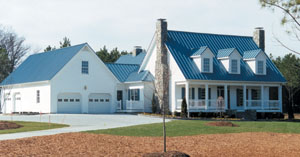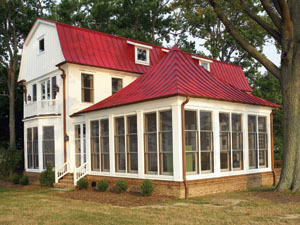Quality Roofing Services
This means the work is getting done, and it limits workplace accidents or mishaps. Instead, everyone is focused on the end goal, which is a perfect roof for you!
have experience working with all types of asphalt shingles, which are the most common type of roofing. This covers most homes and businesses. There is something for everyone since they come in dozens of colors and styles. It can match up with just about anything
This is true regardless of if you are an individual or a business. We put the same care into both types of jobs, and have all the most popular products to choose from when you prefer to work with us. Single ply or metal roofs are popular on properties, and we have worked with both of these materials for many years.
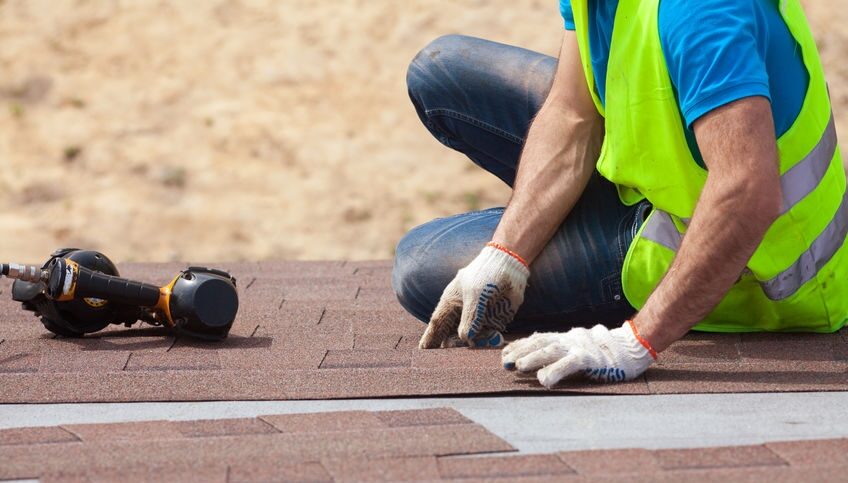
Residential Roofing
Your Home Deserves The Best
teams of professional roofing contractors are seasoned industry pros who know exactly what they’re doing. You can be confident in knowing that every single roofing team member we employ has earned their place
Roofing Cleanup Process:
During the project, our roofing contractors will relocate any outdoor furniture, BBQs, moveable planters, etc. so they don’t get damaged or dirty. We also use tarps to cover and protect your things. When we’re done, we clean up everything. We use large industrial brooms, leaf blowers, and powerful magnets to make sure every single piece of loose and unwanted material is fully tidied up… We even make sure your gutters are clean.
What’s more, you won’t even have a dumpster bin sitting awkwardly on your property. We dispose of all waste materials directly into actual dump trucks that literally drive away at the end of the day
Residential Roofing
Premium quality roofing for a fair price and in good time is what we specialize in. We use only the best materials that are backed by a solid warranty and installed by some of the very best in the business.
Siding
Roofs & siding go together like peanut butter & jelly, so we make sure the siding we provide you with is equally as good as the roofs we install.
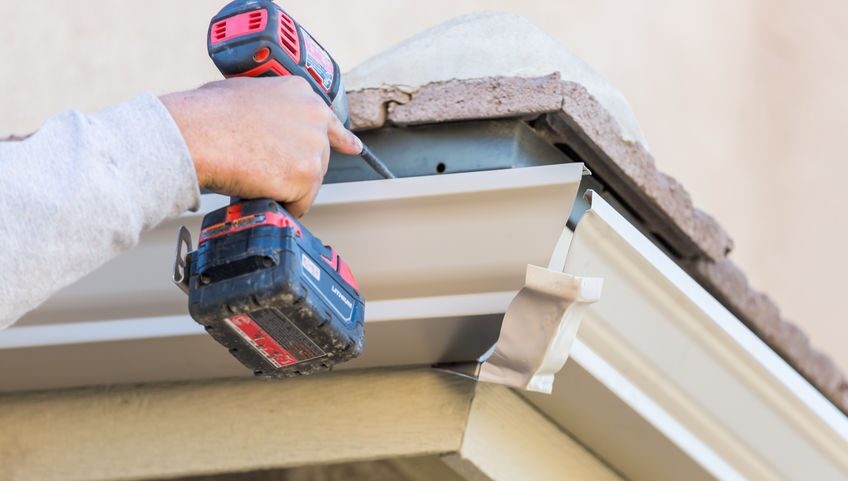
Residential Roof Repair
Did you discover a leak in your roof and you’re not sure how to handle it? Or maybe your building was directly in the path of a recent storm and you found roofing materials all over your yard after the wind and the hail passed by. No matter the cause of your roofing problems
which means that there’s no roofing problem we won’t take on and tackle for you. We understand that our work goes beyond fixing holes in roofs. When your roof isn’t doing its job, life can feel stressful and difficult. Getting it replaced can be a hassle, too. That’s why we recognize that our work makes your life easier and frees your energy so you can focus on the things you life.
start by assessing your roof, using drone technology if necessary, to determine exactly what needs to be done to get it back up to your high standards. We’ll write up an estimate for you and help you deal with your insurance company if that is relevant. There’s no roof problem we won’t help you overcome.
Shingle replacement. Have shingles been coming off your roof for a while now? Maybe you find them in your yard or you notice them missing when you’re up on your roof for some reason.
Fascia repair. The fascia is the part of your roof that usually hangs out, over your home. This protects the lower edges of the roof, and it can be easily damaged by weather or wear out as your roof gets old. It can be prone to mold and mildew damage, too. If you notice these areas looking saggy or waterlogged
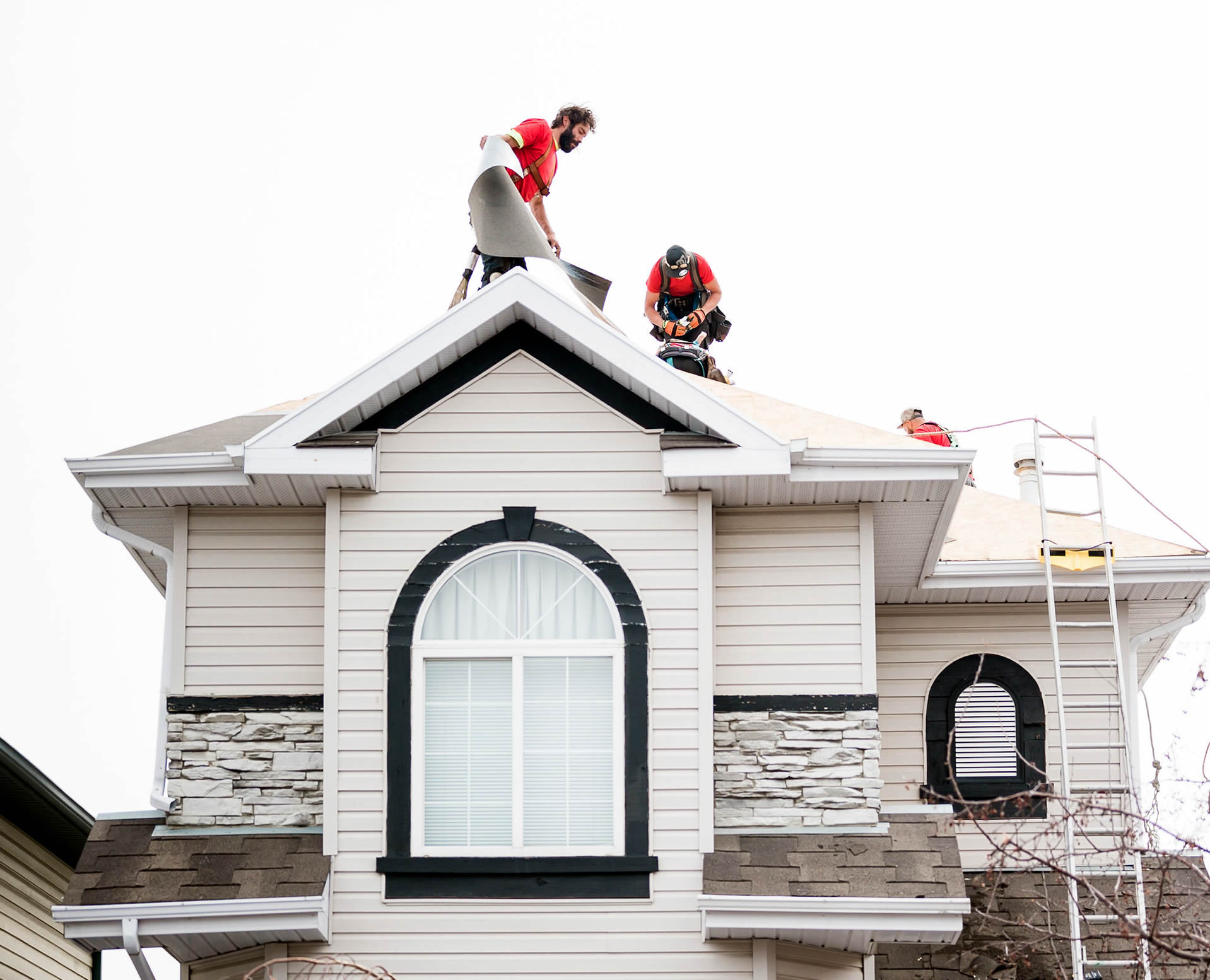
Your Toughest Roofing Questions Answered
Covering Your Roof Issues
Putting a safe roof over your head isn’t necessarily a one-time deal. Shingles stain, condensation collects, and high winds carry roofs wherever they please
Spot a Failing Roof
How do you know when an asphalt shingle roof needs replacement? Are there clues to look for before telltale water stains appear on our plaster ceilings?
There are several clues, and the biggest one is age. If your roof is more than 20 years old, there’s a good chance it’s due for replacement. But younger roofs can fail too, so it’s a good idea to inspect a roof at least once a year. Don’t use a ladder, though. Binoculars are easier and a lot safer, and you can spot most problems from the ground.
The Importance of Roof Pitch
Everything being equal (ventilation, shingle type, climate, etc.), which roof will last longer: one with a steep pitch or one with a shallow pitch? Seems to me a steep hillside erodes more quickly than a low slope, so I’d think that roof shingles would wear out more quickly on a steeply sloped roof.
It’s difficult to say. On one hand, a steep roof is less likely to collect leaves and other debris that hold moisture against the shingles and invite the growth of moss and algae. On the other hand, that same roof in an unshaded area facing due south will take the full brunt of the sun, which is hard on any roof.
Up Under the Roof
We have a major leakage problem and are getting a new roof. What is the best underlayment to protect the valleys in my roof from leaking: ice and shield guard, metal flashing, or double rolled shingles?
First, your roofers should lay down an ice and water shield over the entire roof. Made of polyethylene and rubberized asphalt, this membrane prevents water that has slipped under shingles from penetrating to ceilings below. The valleys should then be covered with metal flashing or weaving. I would also recommend two layers of the ice and water shield on the lower section of the roof (along the eaves), around chimneys and beside the dormers.
Roof Plan, or Roof Scam?
My friend has a new 9,000-square-foot home and has had problems with the roof leaking. The roofing man and two painting guys have told her that the caulk on her roof was the source of the problem. They told her that she should have it checked every six months for cracking and possible replacement because the caulk doesn’t last long. I have never heard of this before and was wondering if they are pulling her leg or if this is a real problem?
I’ve got to tell you, it sounds like they’re pulling your leg. You shouldn’t need any caulking on a roof with proper flashing. You need a second opinion.
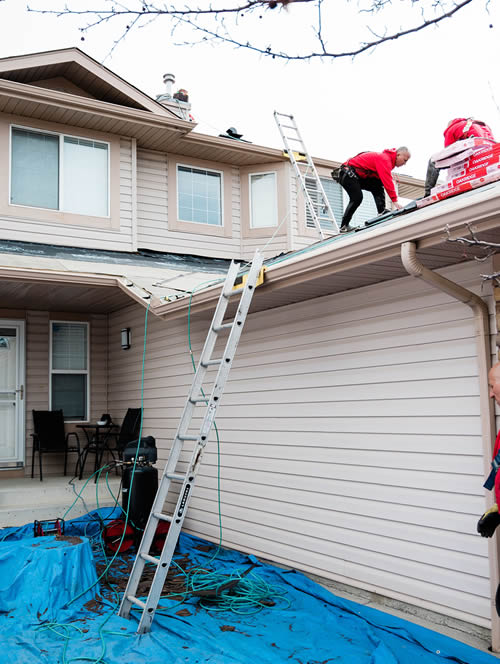
RESIDENTIAL ROOF REPAIR
Ice storms, rain, wind, sun, mold and more can wreak havoc on your roof. Whether Mother Nature or Father Time strikes first, your Green Bay roof will need repair at some point.
repairs residential and commercial roofs each and every day all across. Overhead Solutions repairs roof leaks, drainage problems, shrinkage, punctures and faulty flashing. Whether your roof damage has escalated over the years or a tree has suddenly collapsed, Overhead Solutions is ready to repair your roof.
REPUTABLE ROOF REPLACEMENT
If you’re looking for a new roof look no further than the roofing contractors at Overhead Solutions. Our roofers perform warrantied residential roof replacement services all across
new roof replacement jobs are completed according to strict manufacturer standards so you stay covered under every available warranty.
COMPLETE ROOF CONSTRUCTION
If damage to your roof is so extensive it needs to be rebuilt, if you’re making an addition to your home, or if you’re just building a new home you need roofers you can trust. Roof construction is more than laying shingles. Hanging rafters and constructing dormers requires trained professionals like the ones at Overhead Solutions
